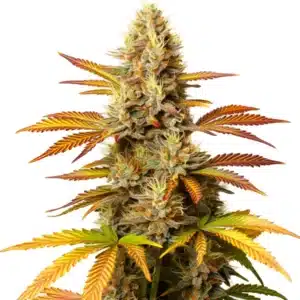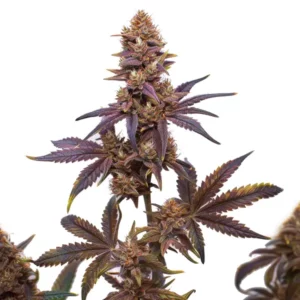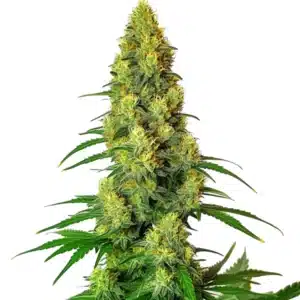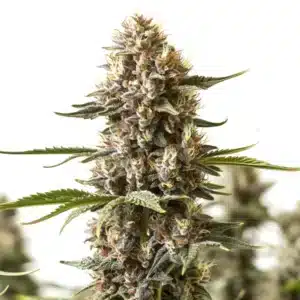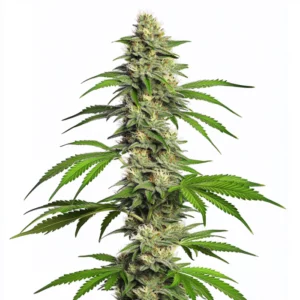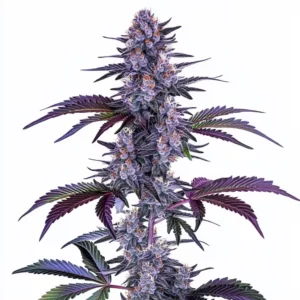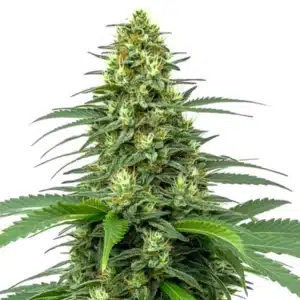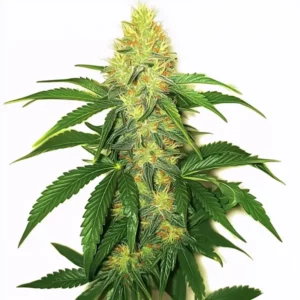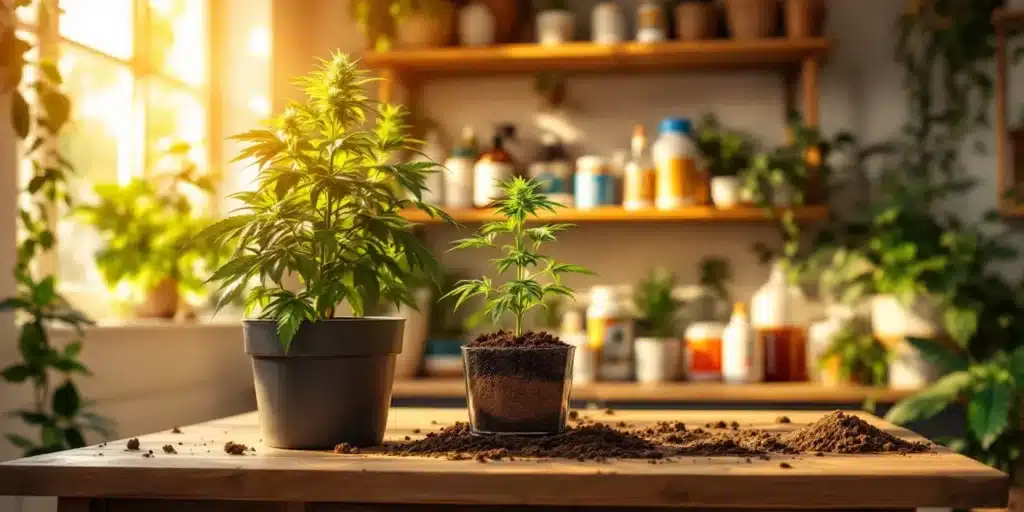
The Best Growing Medium for Autoflowering Cannabis
When it comes to successfully cultivating autoflower strains, choosing the right growing medium is a critical decision that can greatly influence the health and yield of your plants. Whether you’re just starting your growing journey or bringing years of experience to the table, understanding the various options that exist can pave a smoother path to a successful harvest. Autoflowering cannabis plants have distinct needs compared to traditional photoperiod strains, which emphasizes the importance of selecting an appropriate medium.
This guide will take you through the nuances of different growing mediums, helping you make the best choice for your autoflowering plants. Think of it as a friendly conversation with a fellow grower, filled with insights, examples, and practical advice tailored just for you!
Recommended Strains
Critical Auto
|
|
THC | 10% - 14% (Low) |
|
|
Type | Autoflowering |
|
|
Yield | Low |
|
|
Phenotype | 70% Indica / 30% Sativa |
Critical Banana
|
|
THC | 22% - 24% (Medium) |
|
|
Type | Feminized |
|
|
Yield | High |
|
|
Phenotype | 50% Indica / 50% Sativa |
What is a Growing Medium?
A growing medium, commonly referred to as soil or substrate, is the foundation that provides essential support and nutrients to plants. It acts as the home where roots take hold and absorb moisture and vital nutrients. The right medium fundamentally impacts how effectively your plant can flourish and produce.
There are numerous types of growing mediums available, each exhibiting its unique characteristics and benefits. Some retain moisture superbly, while others excel at quick drainage, thus influencing how nutrients are absorbed and utilized by your plants. For autoflowering plants, which mature quickly, a well-balanced growing medium is crucial for maximizing their growth potential in a limited timeframe. So, imagine you’re looking for just the right bed for them to grow up strong and healthy—this is how critical the choice of medium is!
Types of Growing Mediums
- Soil: Known for being natural and nutrient-rich, organic soils are particularly beneficial for autoflowering strains.
- Coco Coir: An excellent option crafted from coconut husks, coco coir effectively retains moisture while promoting good airflow.
- Hydroponics: A soilless growing system that allows growers to exercise complete control over nutrient delivery, potentially leading to faster growth rates.
- Perlite and Vermiculite: Frequently used together in mixtures, these components provide outstanding aeration and drainage, maintaining a lightweight profile that enhances soil structure.
When selecting a medium, consider the specific characteristics associated with each type. Soil might feel comforting and familiar, coco coir could appeal to you as a sustainable choice, while hydroponics might seem cutting-edge and efficient. Your journey can truly reflect your preferences and the unique needs of your plants!
Promos & Deals
Why Soil is a Good Option for Autoflowers
For many growers, natural soil is the top choice for nurturing autoflower plants. Its inherent structure offers the perfect blend of moisture retention and nutrient availability that these plants crave. Organic soil blends often come with the added bonus of beneficial microbial life that enhances nutrient availability and boosts plant wellbeing.
Moreover, autoflower strains tend to flourish in a soil medium because it provides a buffer against over-fertilization, a common challenge among new growers. The forgiving nature of soil pH levels makes it simpler to manage your plants without stressing them. Just think about it: soil is like a nurturing environment that gently cradles your plants, allowing them to grow strong and resilient.
Best Soil Mixes for Autoflowers
- Organic Potting Soil: Bursting with nutrients, this mix is fantastic for young plants aiming for solid growth.
- Soil with Added Perlite: This blend not only enhances drainage but also boosts aeration, creating an ideal growing environment.
- Super Soil Mixes: These pre-fertilized blends can provide nutrition throughout the life cycle of your plants, which makes them a popular choice amongst growers.
Choosing the right soil mix can give your autoflowers a solid foundation—they’ll feel like they’re living in the lap of luxury! With various blends designed specifically for specific needs, you can find a soil that aligns with your growing style and desired outcomes.
Coco Coir: A Versatile Alternative
Coconut coir has emerged as a crowd-favorite among autoflower growers for good reason. This unique medium offers impressive water retention capabilities while ensuring that airflow is kept on point. Being a sustainable product, coco coir is also ideal for growers who are environmentally conscious and want to make responsible choices.
One major advantage of coco coir is its neutrality; it doesn’t contain inherent nutrients, which allows you to craft a custom feeding regimen tailored to your autoflower’s distinct needs. Autoflowers can react sensitively to excess nutrients, so utilizing a neutral medium such as coco coir can be a smart move to prevent potential pitfalls down the line.
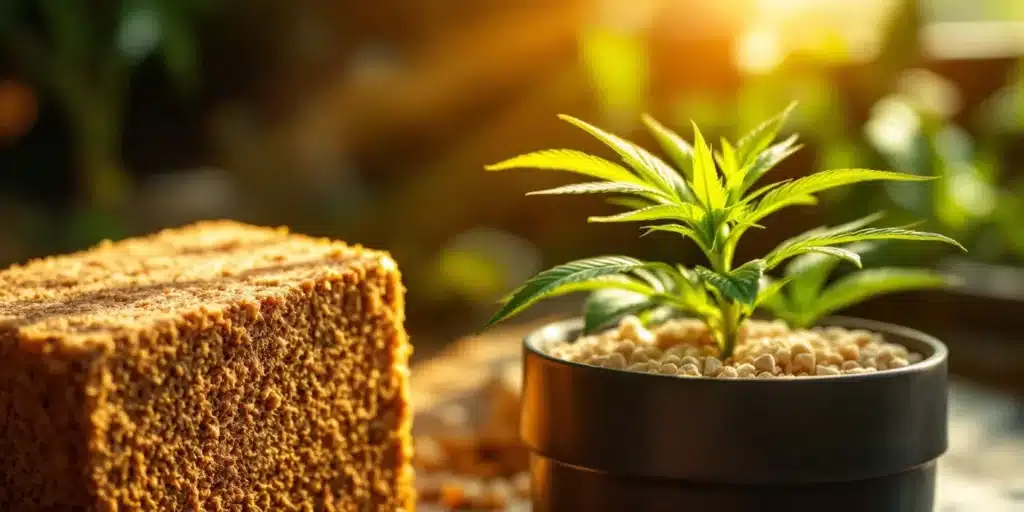
How to Use Coco Coir
- Flush Before Use: It’s generally recommended to wash coco coir to eliminate excess salts and impurities before planting.
- Mix with Perlite: Combining coco coir with perlite can significantly enhance drainage and aeration, setting your plants up for success from day one!
- Adjust Nutrient Solutions: Since coco coir is free of nutrients, you must provide a balanced nutrient solution as your plants grow, especially during key stages.
As you dive into the world of coco coir, enjoy the flexibility and control it offers. Feel empowered to tailor your approach as your plants grow, and watch them flourish as they adapt to their nurturing environment!
Hydroponics: A Fast-Track Option
Hydroponic systems present an exciting option for growing autoflowers. This innovative method involves cultivating plants without soil—instead, they thrive in nutrient-rich water. Hydroponics not only provides growers with precise control over nutrient delivery but can also translate to quicker growth rates and potentially higher yields. Who wouldn’t want that?
However, venturing into hydroponics does come with its challenges. This method requires a bit more technical knowledge and equipment, making it less accessible to beginners. You must carefully monitor water pH and nutrient levels since even small fluctuations can adversely impact your plants. But fear not; with a little commitment, many autoflower enthusiasts achieve great success with hydroponic setups!
Best Hydroponic Systems for Autoflower
- Nutrient Film Technique (NFT): This popular system utilizes a thin film of nutrient solution to deliver nourishment to roots effectively.
- Deep Water Culture (DWC): In this setup, roots are submerged directly in oxygenated nutrient water, leading to a robust growing environment.
- Drip Systems: Nutrients drip directly onto the roots from above, allowing for precise control over moisture levels and nutrient delivery.
If you choose hydroponics, enjoy the precision and rapid growth it offers. You’ll be amazed at how quickly your autoflowers can flourish when provided with optimal nutrient solutions and conditions!
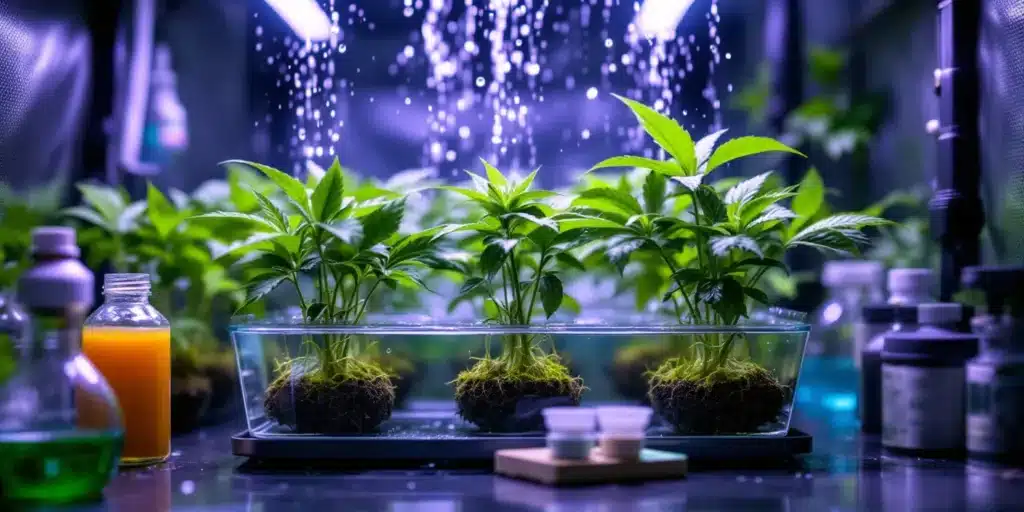
Choosing the Right Medium for Your Autoflower Strain
Picking the right medium is not just a matter of personal preference; it’s about understanding the specific characteristics and needs of the autoflower strains you’re cultivating. Some strains thrive in heavier, nutrient-rich soils, whereas others may prefer lighter, more aerated blends.
To make an informed decision, consider the growth characteristics of the autoflower strain. For instance, faster-growing strains might appreciate fast-draining mediums, while more robust varieties could benefit from a medium that retains nutrients and moisture. Don’t hesitate to consult strain-specific guidance from seed producers or community forums, where experienced growers often share valuable insights and tips.
Factors to Consider
- Watering Frequency: Remember, lighter growing mediums will likely necessitate more frequent watering compared to denser soils.
- Nutrient Needs: Different autoflower strains have specific nutrient requirements, so being aware of this can help in selecting the right medium and regimen.
- Growing Environment: The chosen medium may vary depending on whether you’re growing indoors or outdoors, as each setting presents different climate conditions.
As you navigate the selection process, embrace the uniqueness of your autoflower strains. Each choice you make will contribute to creating the best environment for them to flourish, ultimately leading to a rewarding harvest!
Common Mistakes to Avoid
Even seasoned growers can stumble into pitfalls when choosing a growing medium for their autoflowers. One prevalent issue is over-fertilization, which tends to be a concern in soil-based mediums. Autoflowers generally require less fertilizer than their photoperiod counterparts, and an improper balance can lead to nutrient burn, sending your plants into distress.
Another mistake is neglecting to account for drainage. Opting for a medium that retains too much moisture can lead to root rot, especially for newcomers unfamiliar with hydroponic or heavier soil systems. Ensure you regularly check drainage patterns and monitor the moisture levels of your chosen medium; an informed grower always has healthy plants!
Tips for Avoiding Mistakes
- Research your Medium: Understand the characteristics, benefits, and potential drawbacks of whichever medium you plan to incorporate.
- Monitor Your Plants: Keep a close eye on leaf coloration and growth patterns to catch early signs of trouble.
- Start with Less Nutrients: It’s often easier to add nutrients over time than to fix issues stemming from over-fertilization!
As you arm yourself with knowledge and experience, you’ll become a more intuitive grower. Regularly adjusting your approach based on plant feedback will help you avoid common blunders and foster a flourishing environment for your autoflowers.
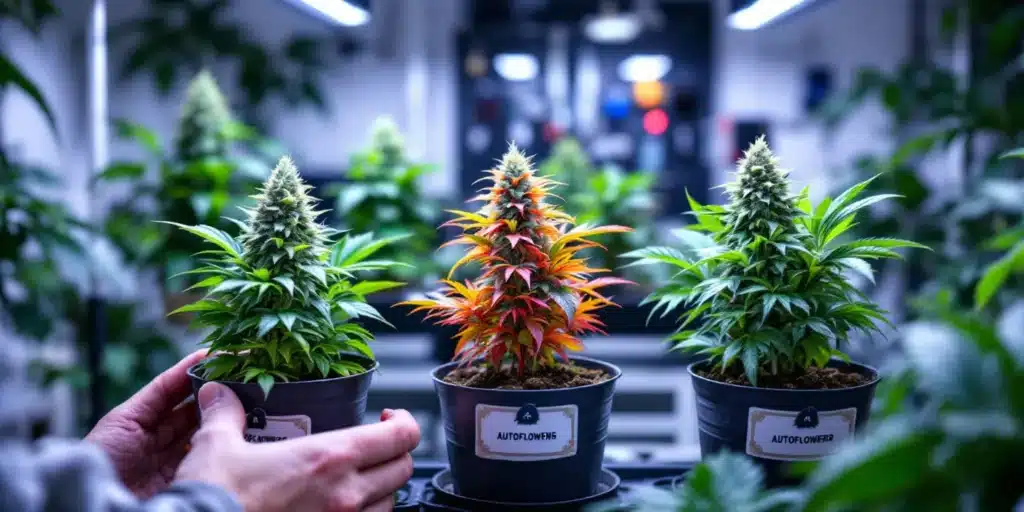
Recommended Strains for Autoflower Mediums
Many autoflowering strains are particularly well-noted for thriving in diverse mediums. Here are three fantastic examples from Blimburn Seeds that exhibit strong performance in varying conditions:
- Girl Scout Cookies Autoflower: Famous for its resilience and adaptability, this strain dazzles in both soil and coco coir.
- Blueberry Autoflower: Preferring a well-draining medium, Blueberry is best suited for coco coir or a light soil mix.
- Critical Auto: This robust strain flourishes vigorously in organic potting soil, requiring minimal nutrient input throughout its growth cycle.
Each of these strains provides a unique opportunity for you to explore your preferred growing medium. Whether you’re looking for resilience, adaptability, or ease of care, choosing the right strain can help you overcome challenges and achieve satisfying results.
FAQs
What is the best medium for autoflowering cannabis?
The best medium for your autoflowering plants largely depends on your personal growing preferences and expertise. Soil is often recommended due to its inherent nutrient content and ease of use. Alternatively, for growers looking to dive deeper into nutrient management, coco coir offers excellent results. If you’re more experienced and seeking rapid growth, hydroponics can lead to impressive yields, although it comes with higher monitoring requirements.
Can I use regular potting soil for autoflowers?
Yes, you can utilize standard potting soil, but it’s important to ensure it boasts the right mix of nutrients and adequate drainage properties. Organic potting soil is a particularly favorable choice, as it often contains beneficial microbes that enhance overall plant health.
How often should I water autoflowering plants?
Watering frequency can vary significantly based on your chosen medium and environmental conditions. As a general rule, it’s crucial to allow the top layer of the medium to dry out slightly before watering again. Regularly monitoring your plants will be key; their watering needs will shift depending on growth stage and medium characteristics.
What nutrients do autoflowering plants need?
Autoflowering plants typically thrive on a balanced nutrient regimen that emphasizes nitrogen during their vegetative stage, while transitioning to phosphorus and potassium during flowering. Many growers prefer nutrient solutions specifically formulated for autoflowers to ensure optimal growth and support.
Can I change the growing medium mid-cycle?
In general, changing the growing medium once plants are out of the seedling stage is not advisable. This transition can cause stress to the plant and adversely impact its health. Always make a well-informed choice about your medium at the beginning of the growing cycle to maximize your success!
With all this valuable information at your fingertips, you are now better equipped to make the best decisions for your autoflowering cannabis cultivation journey. Remember, every choice you make contributes to the health and happiness of your plants, leading to a rewarding growing experience.



